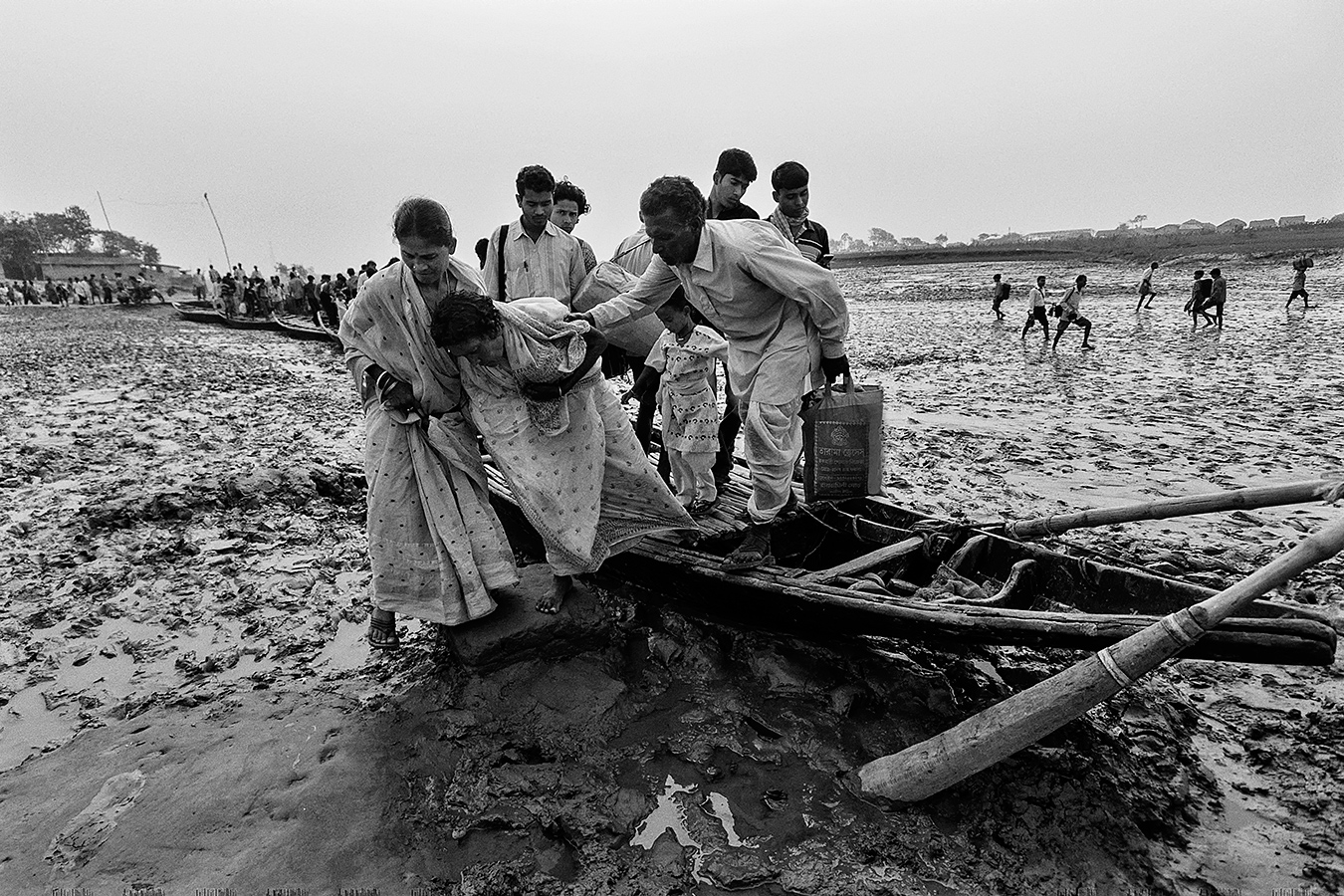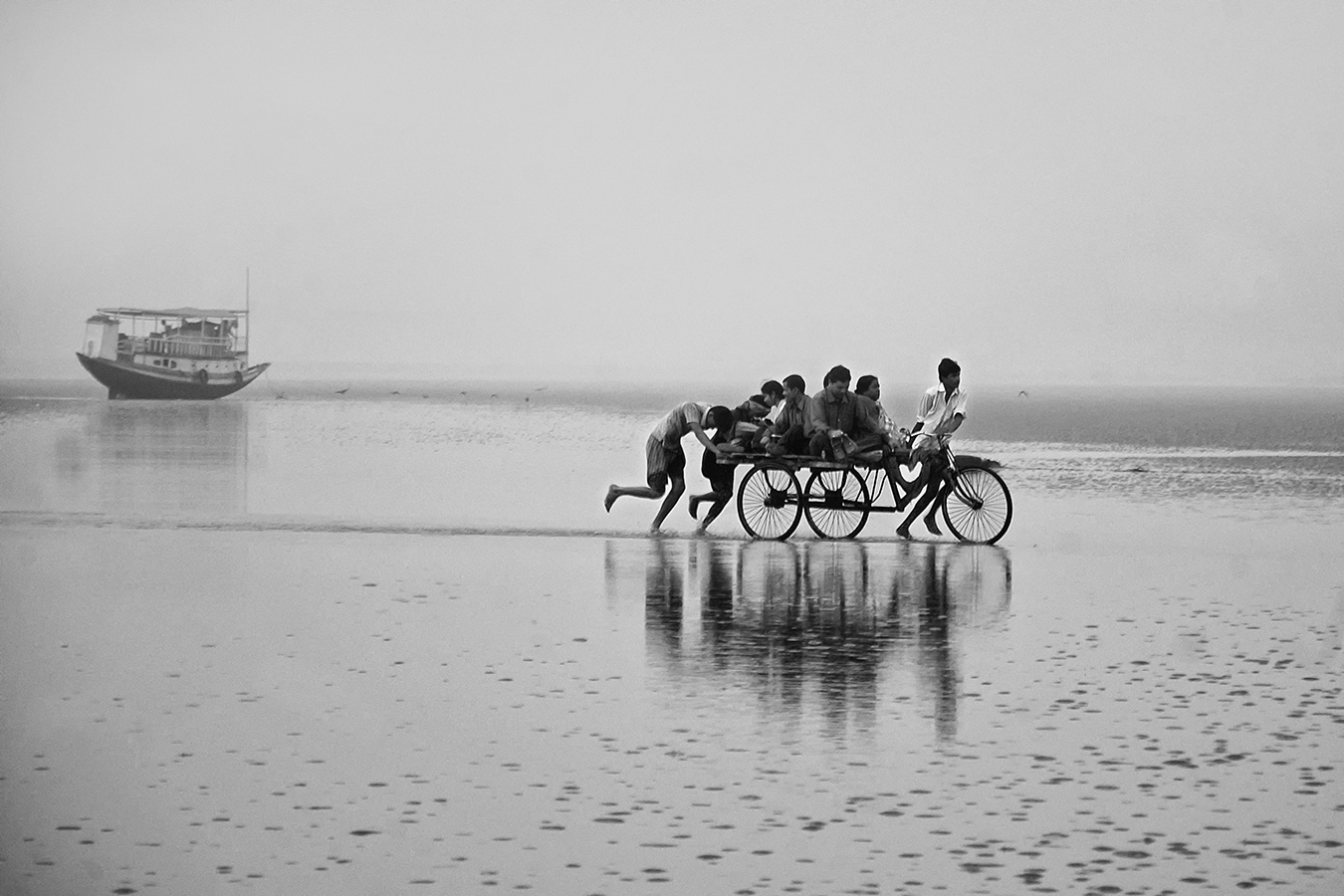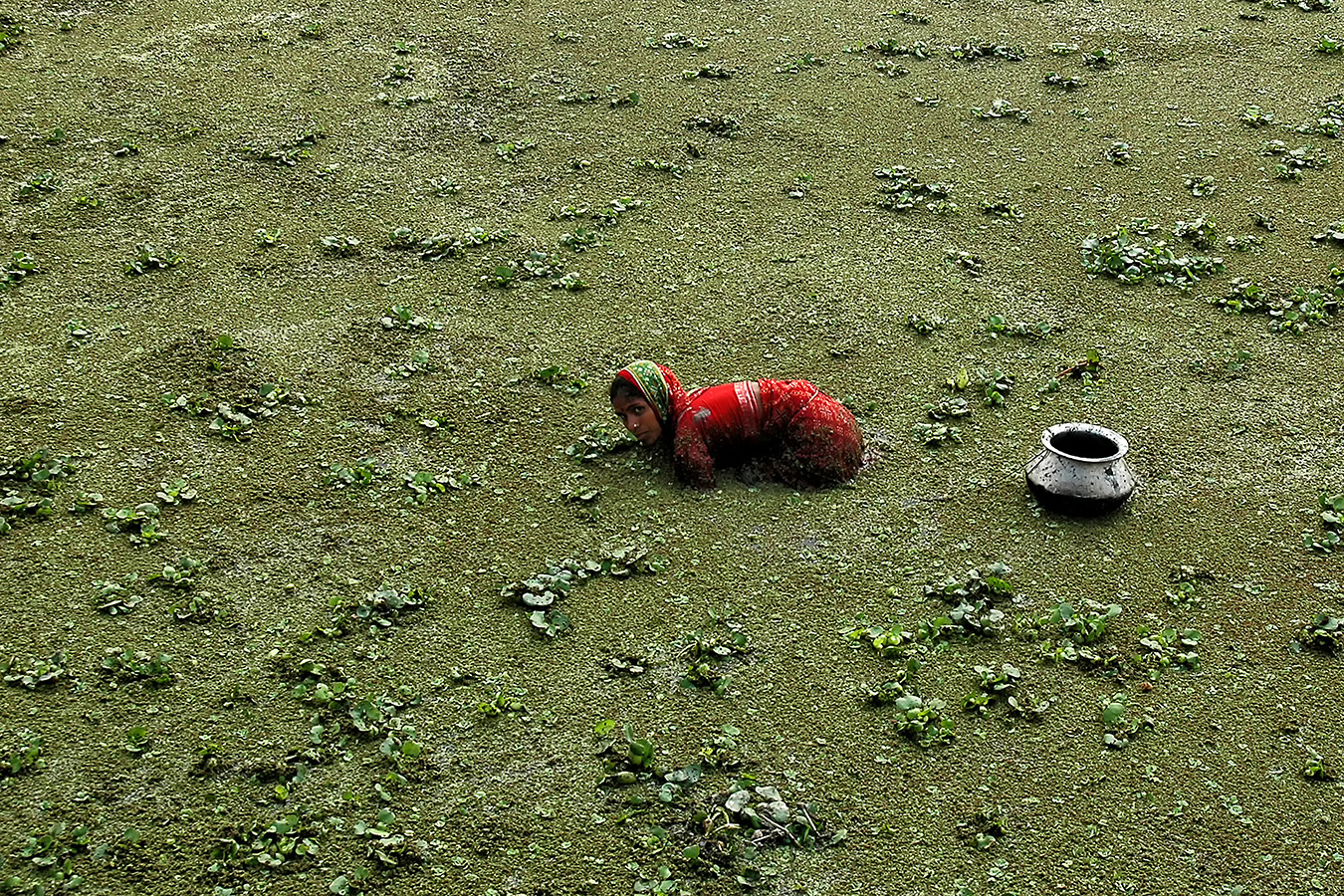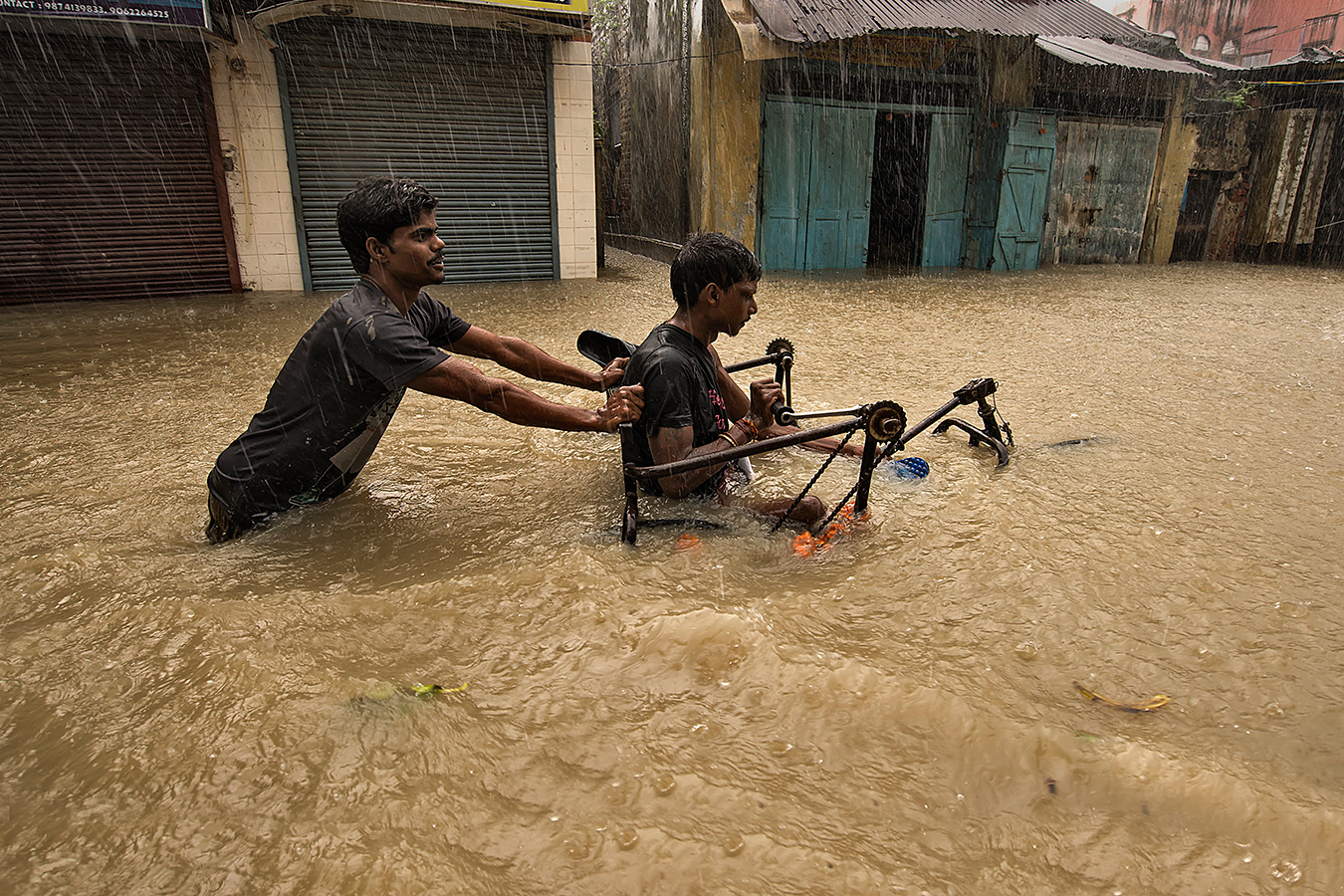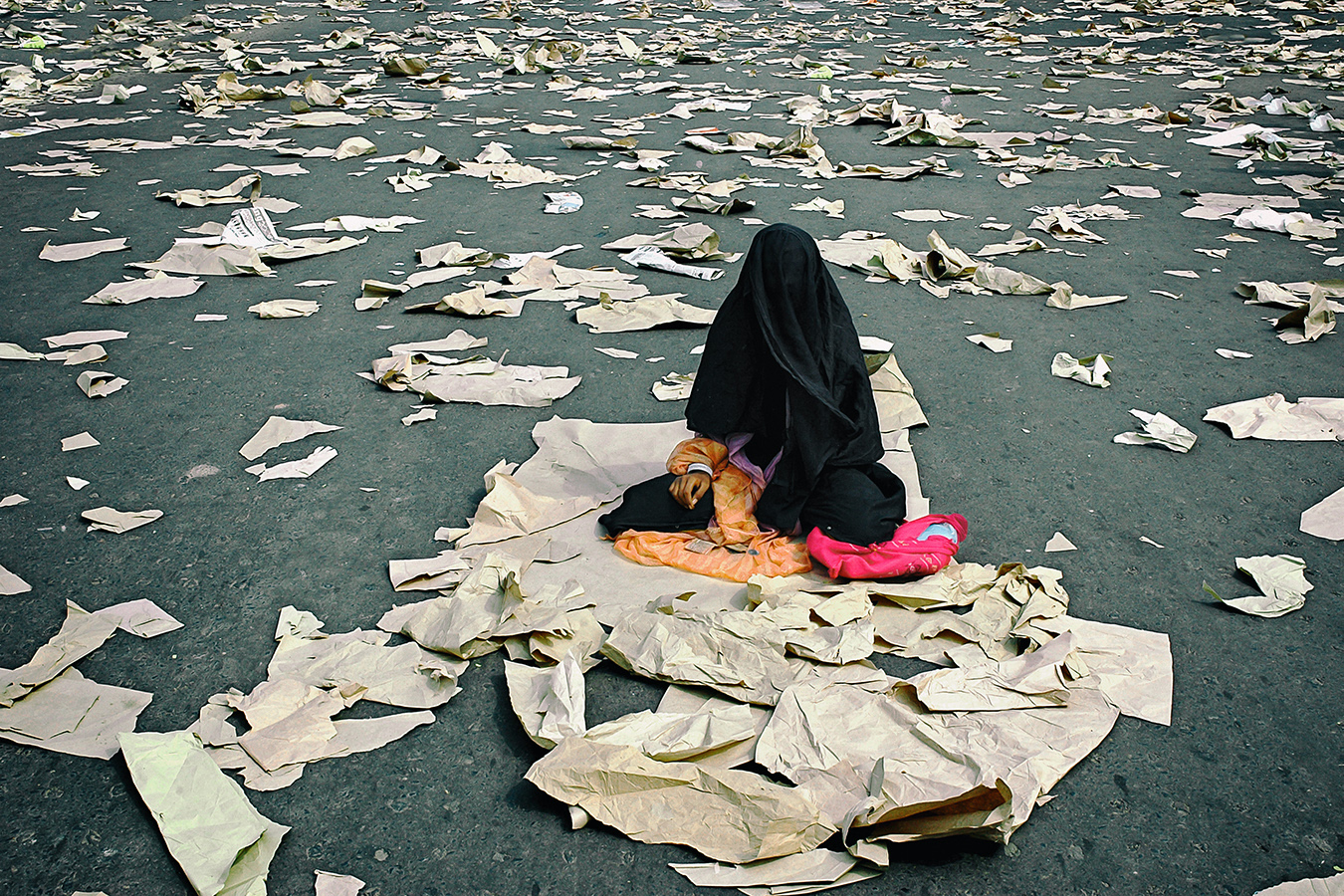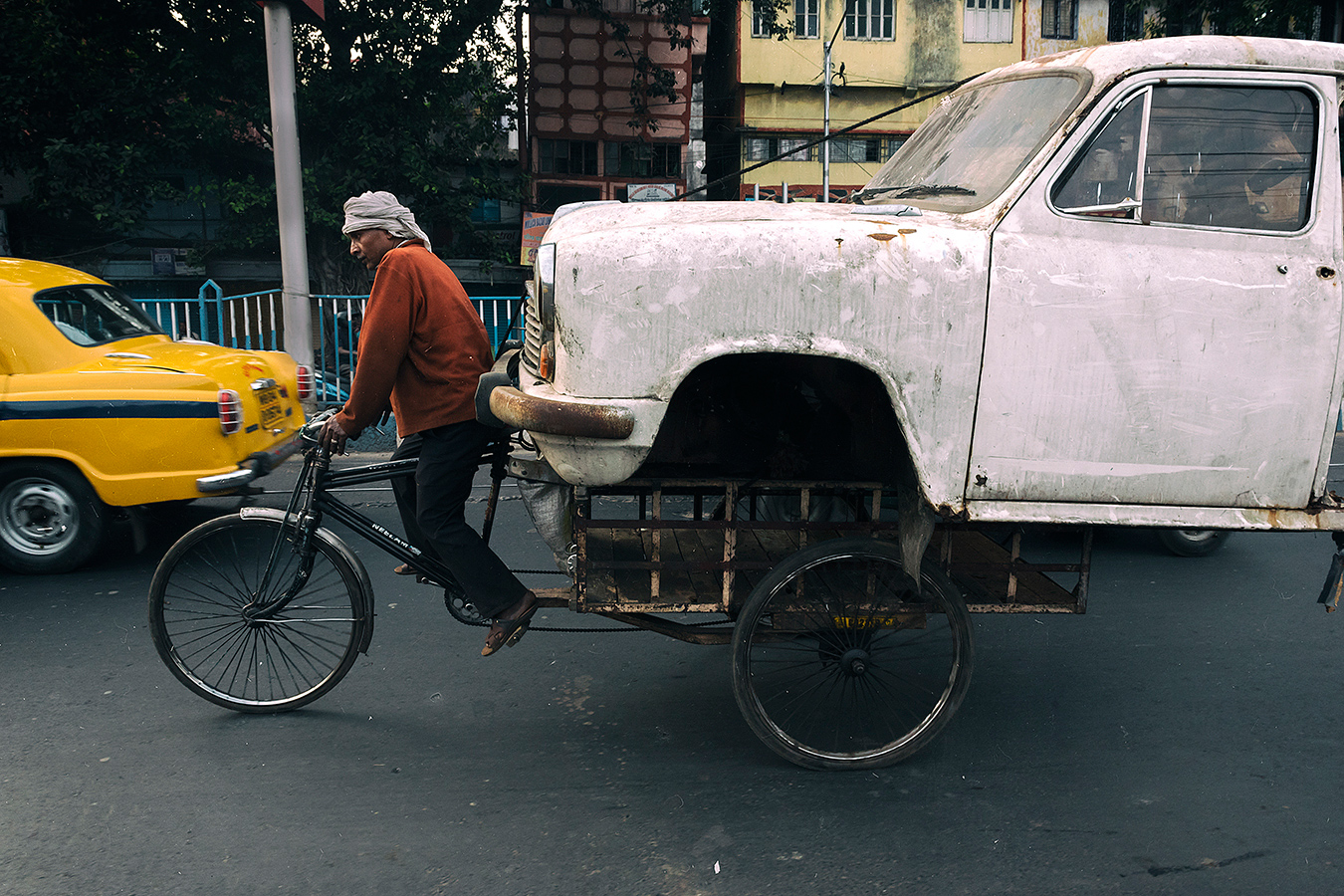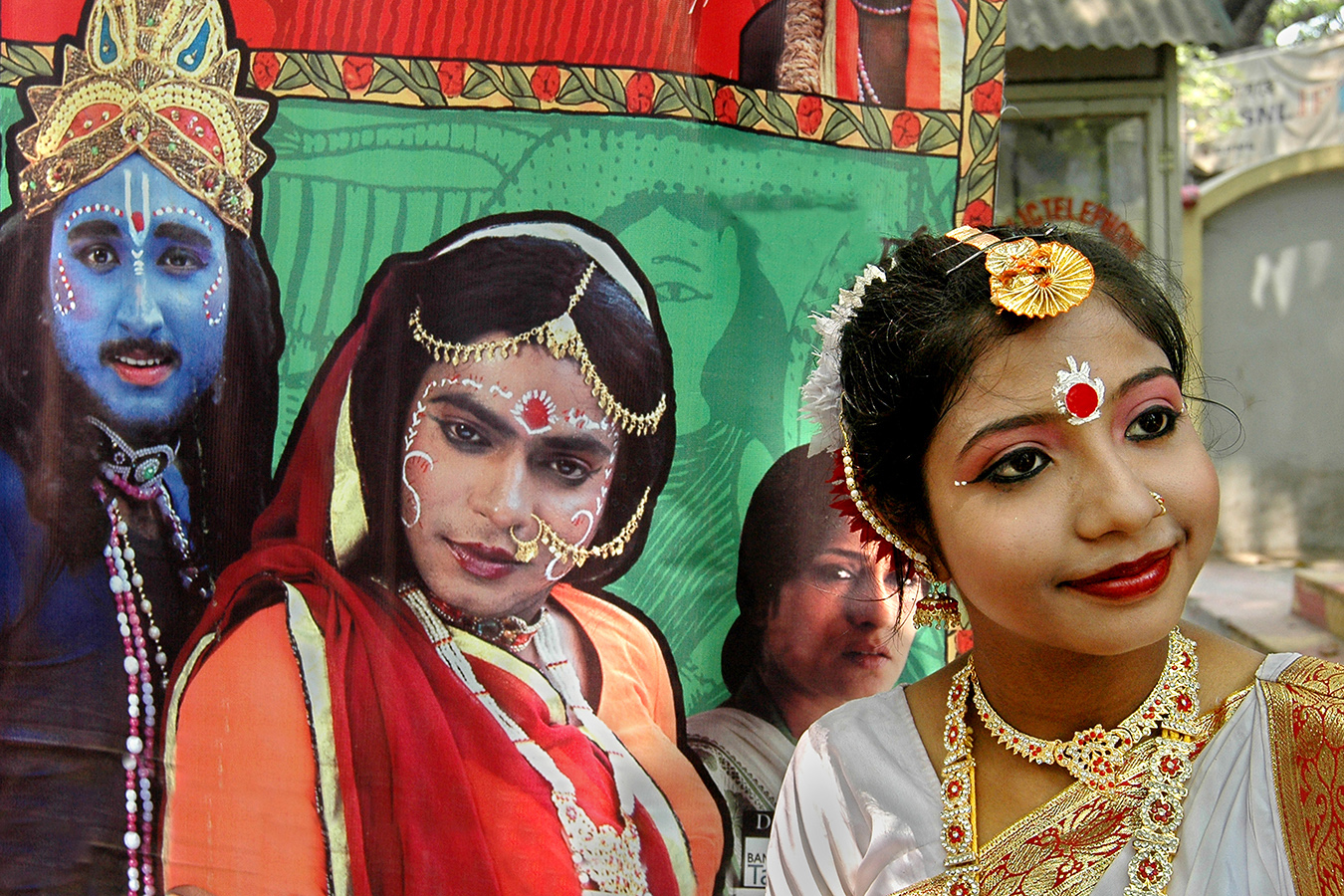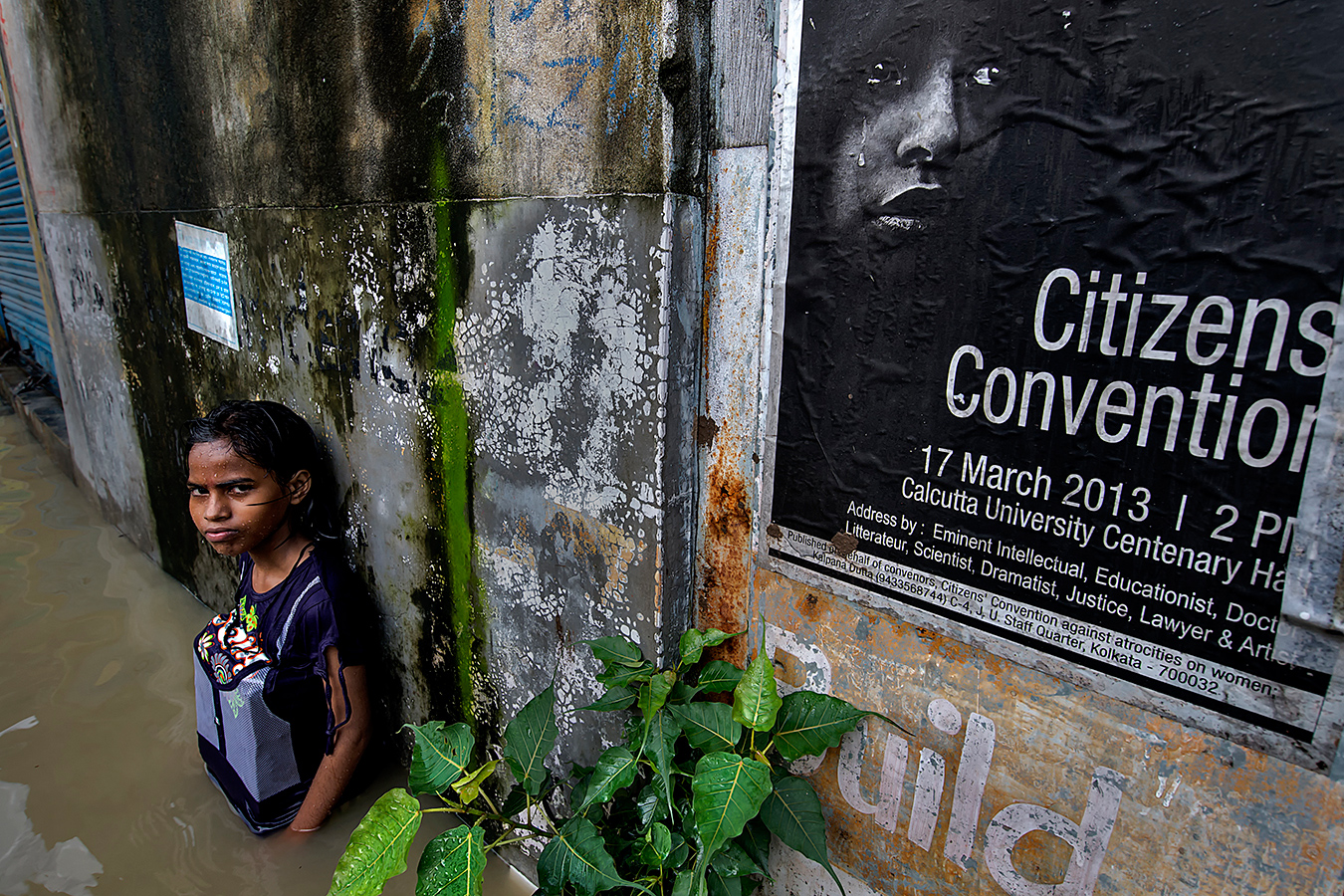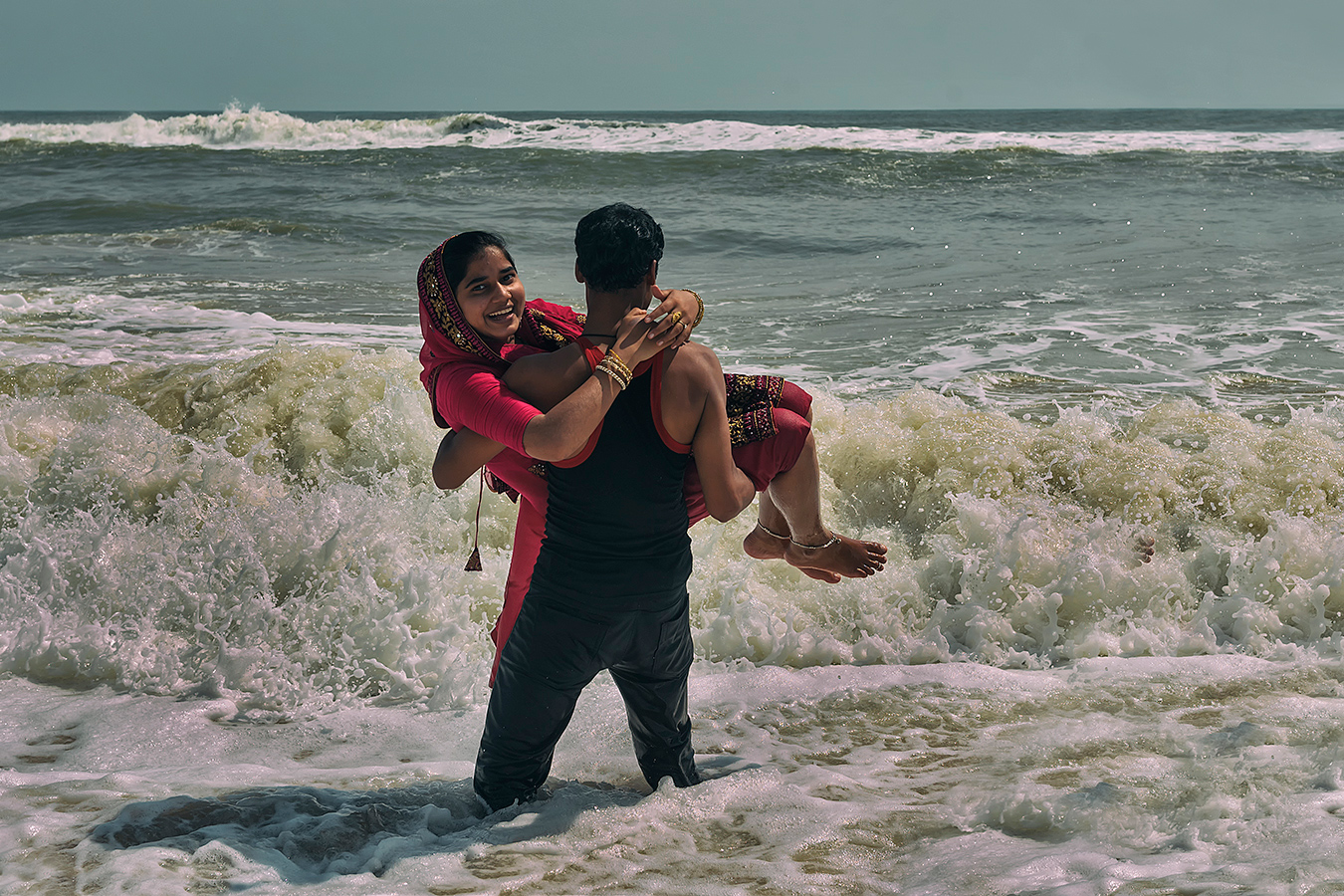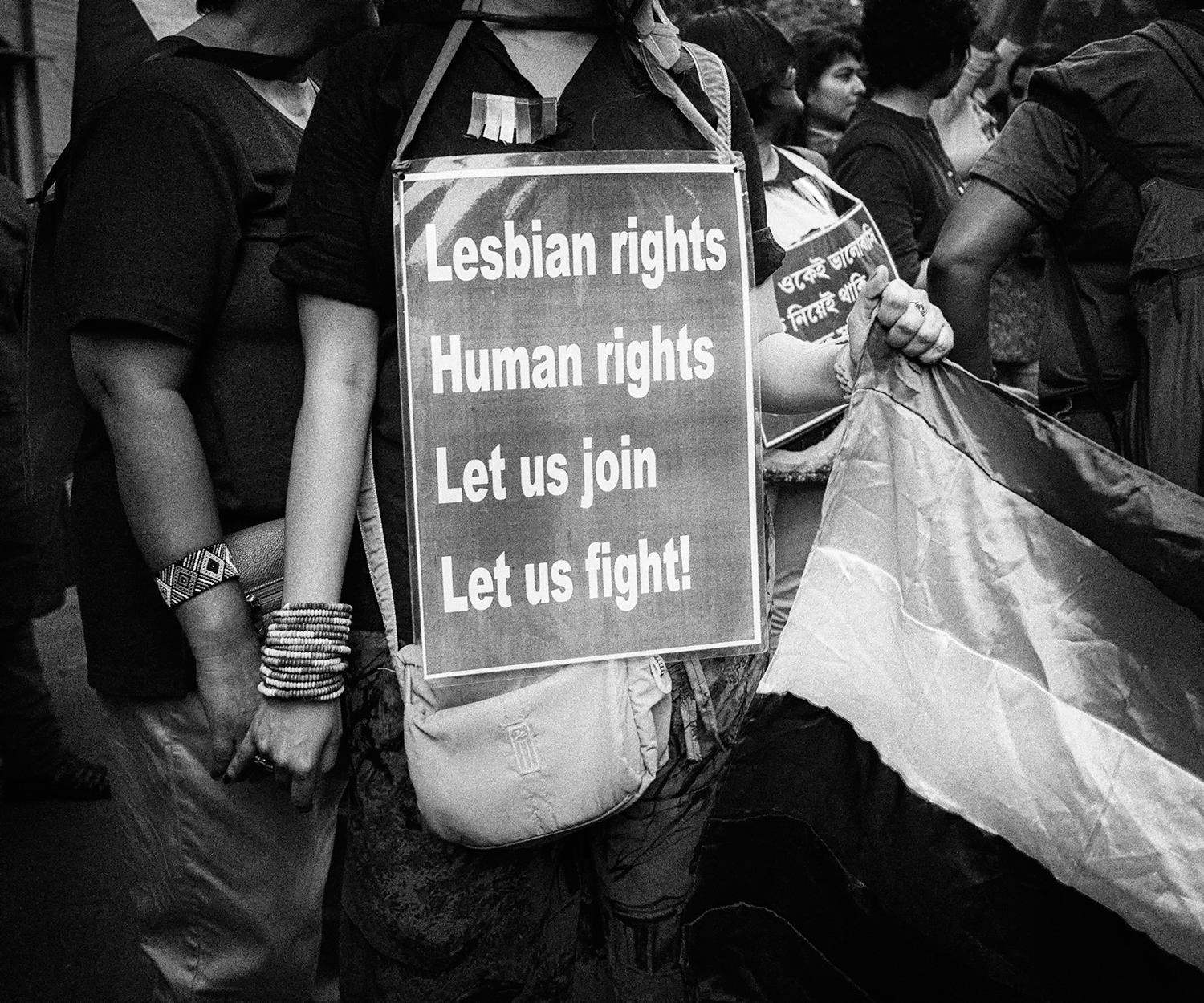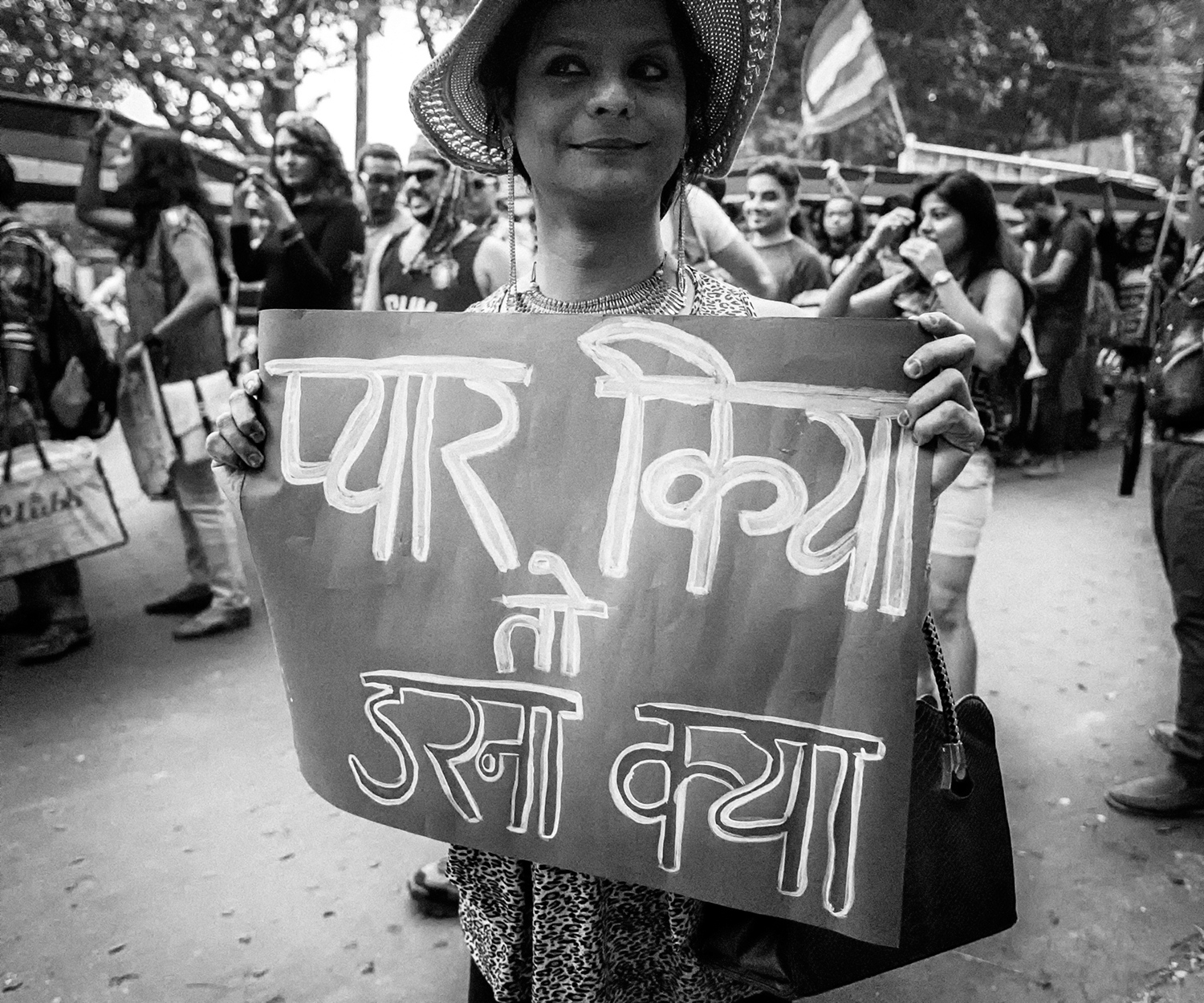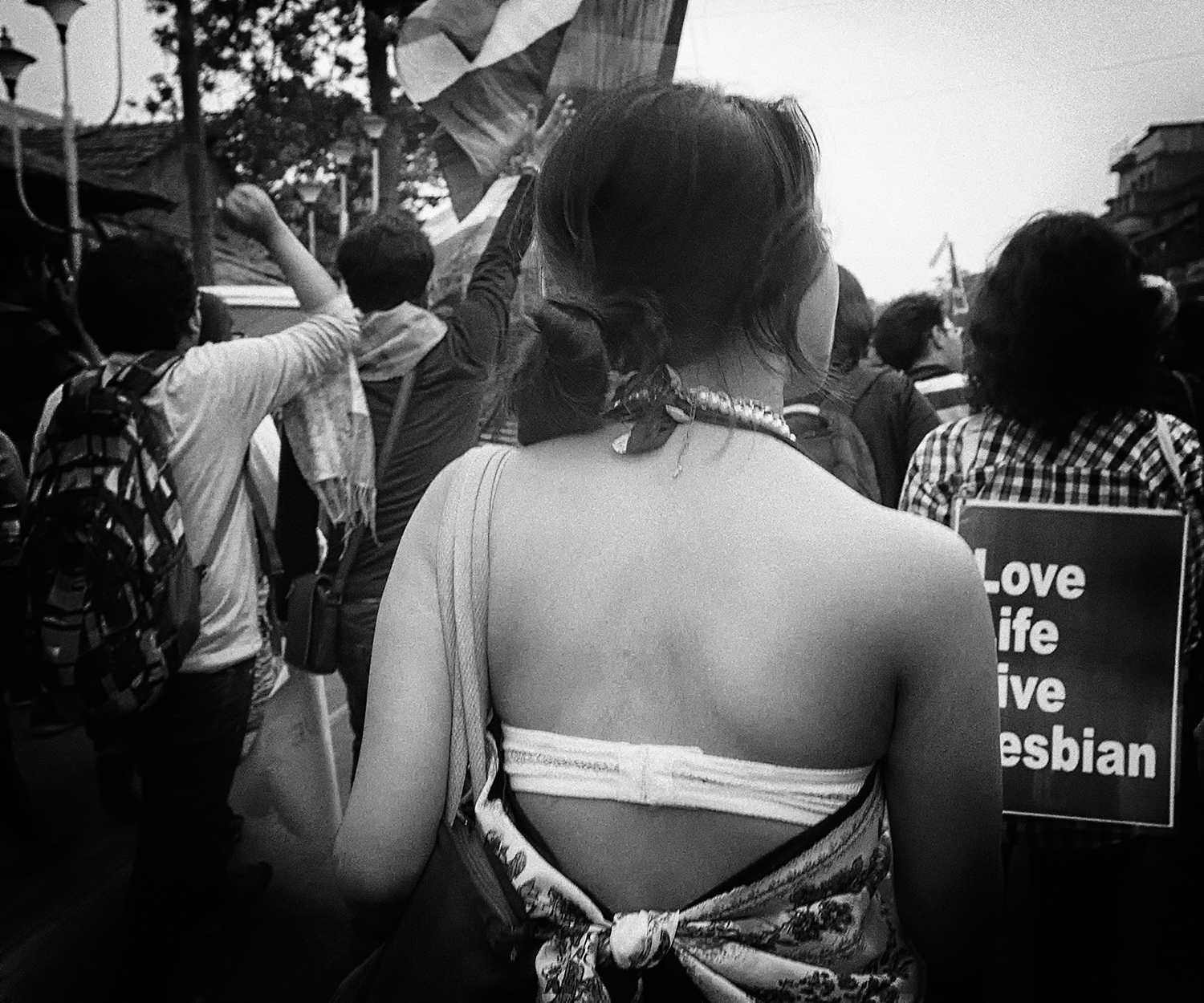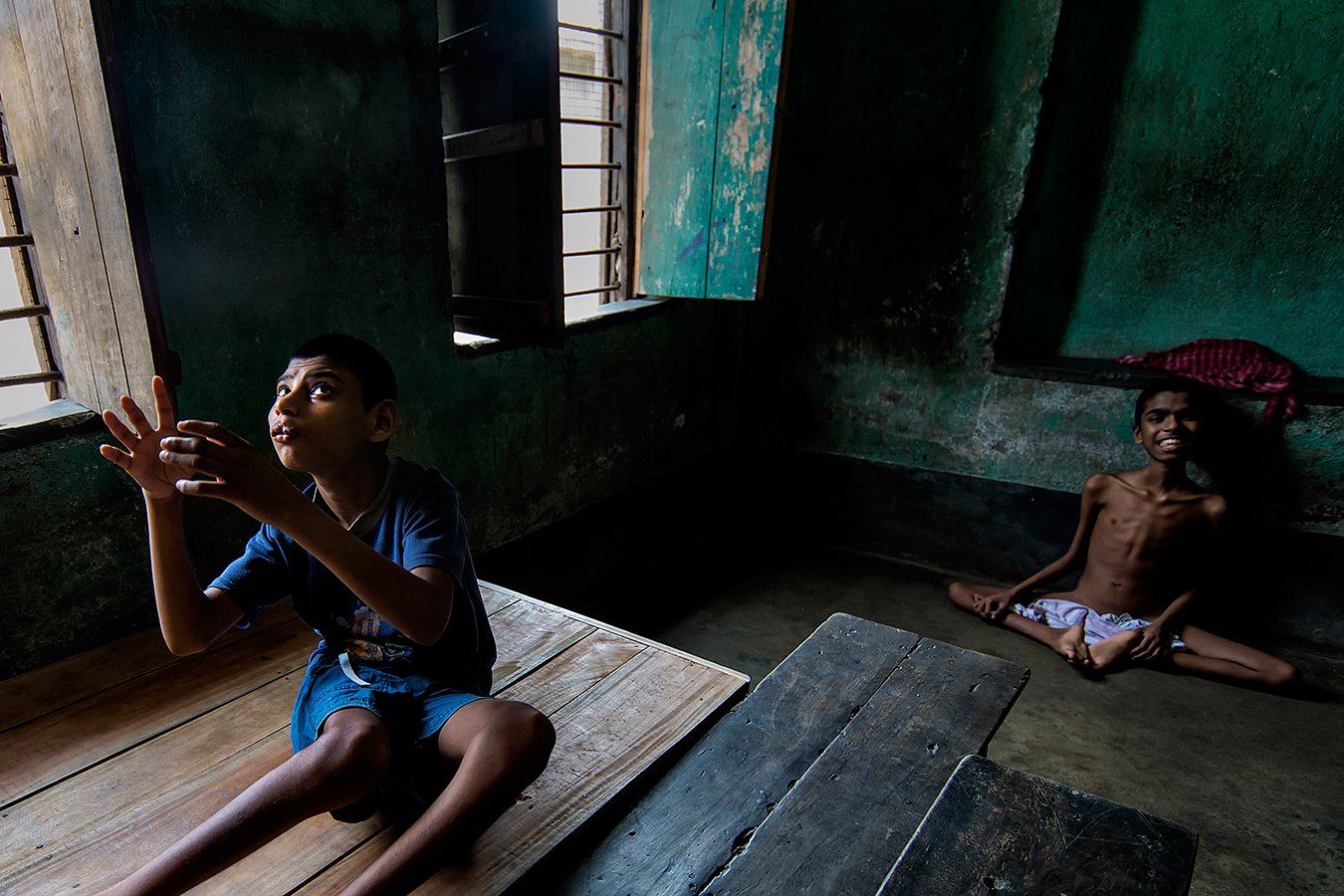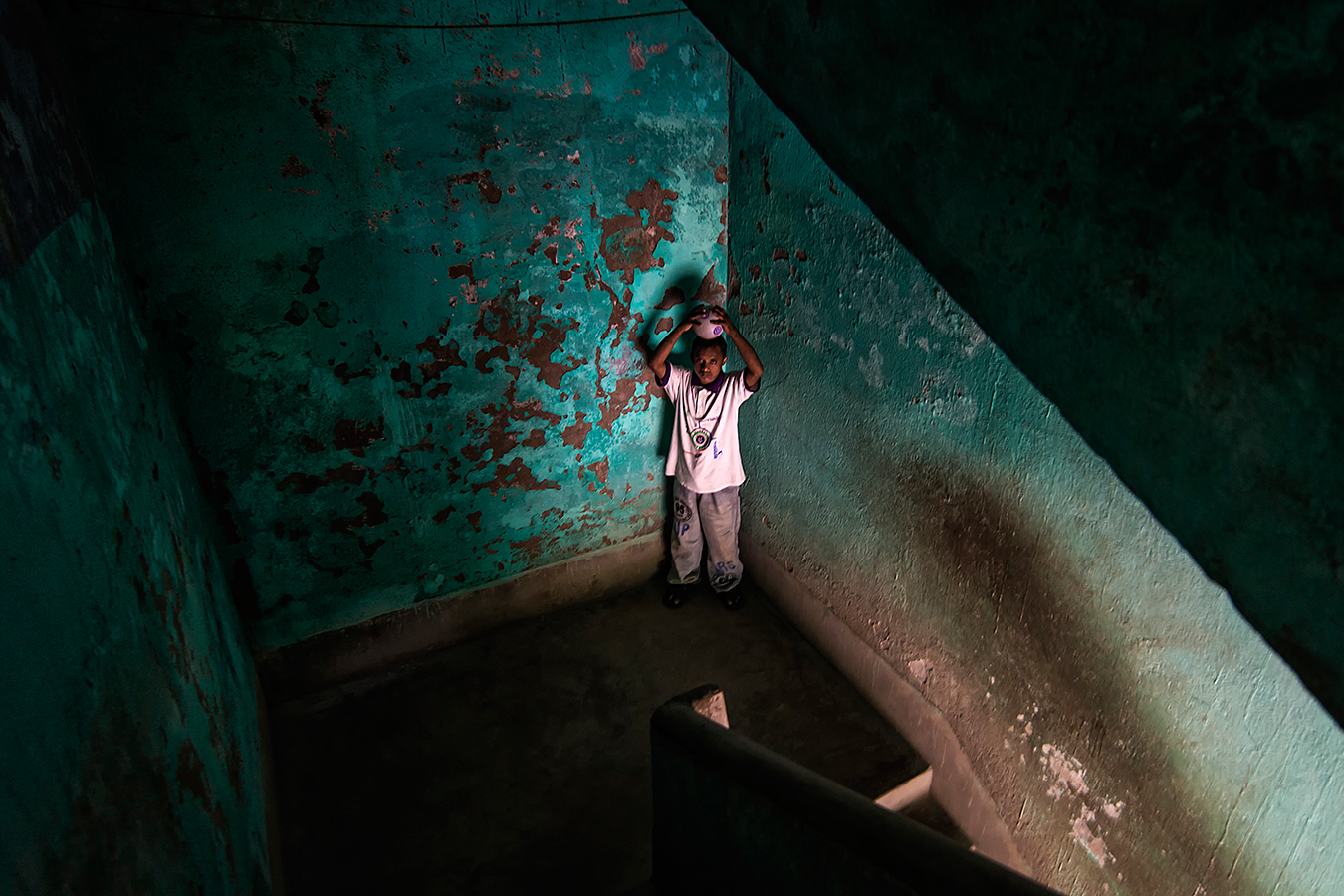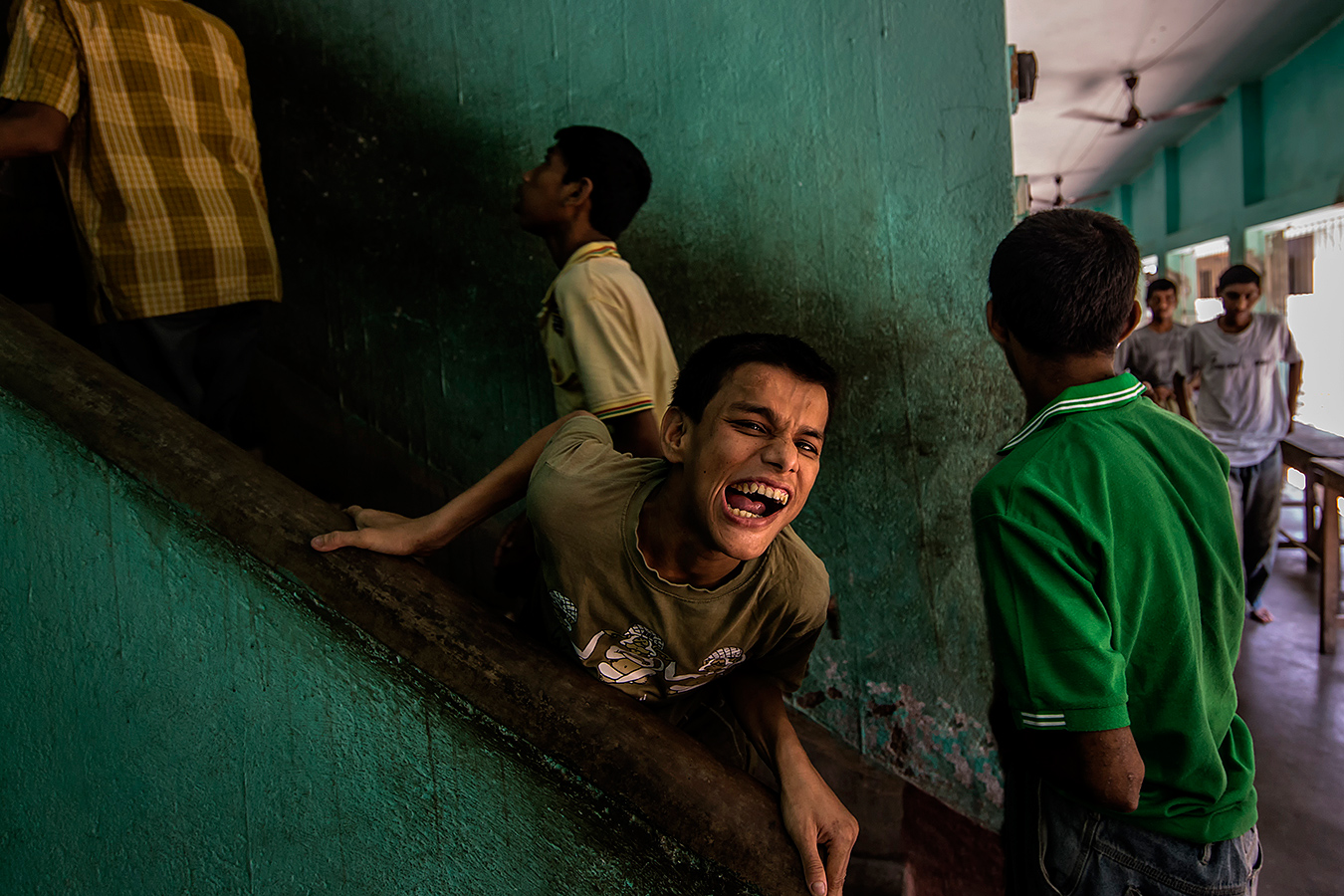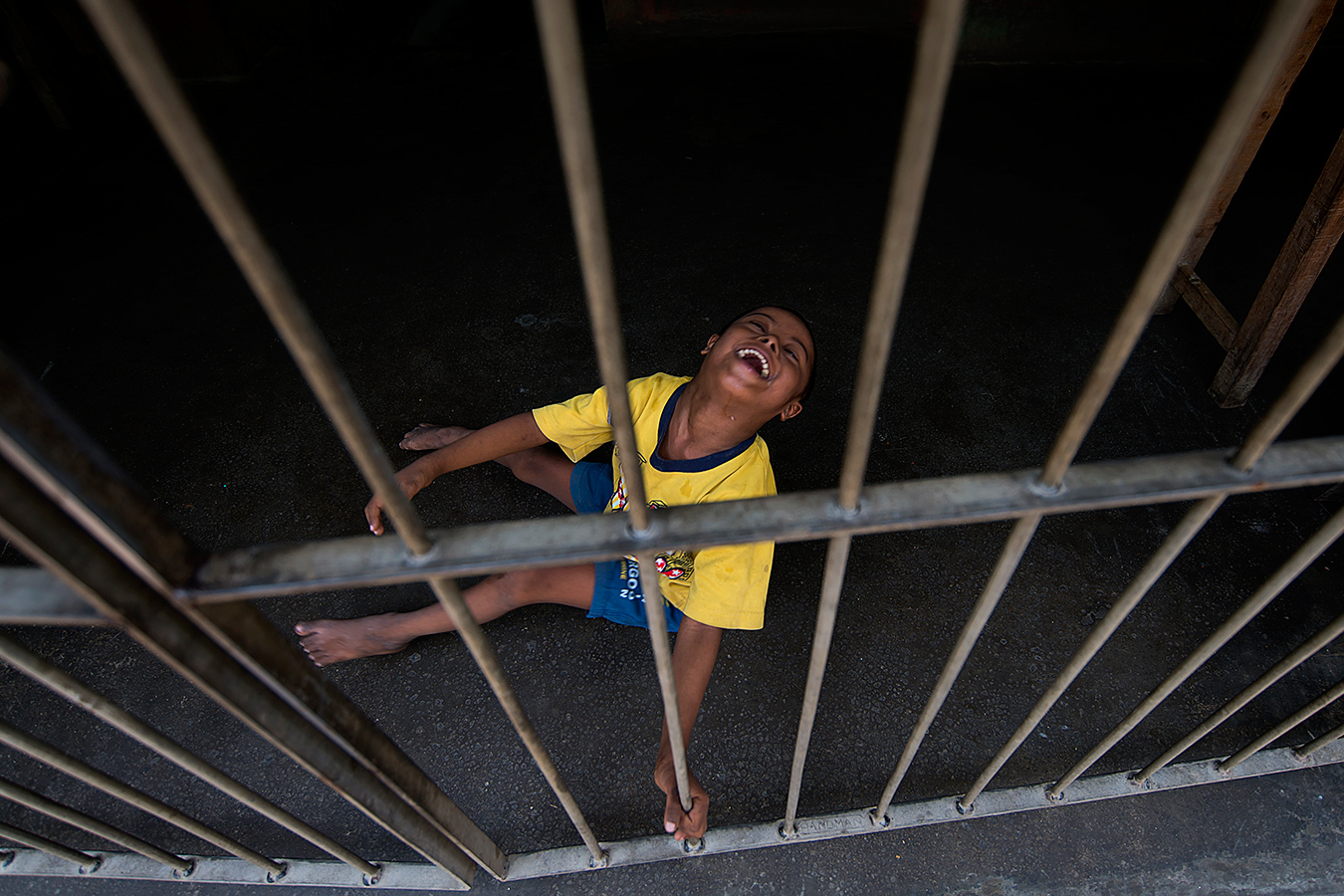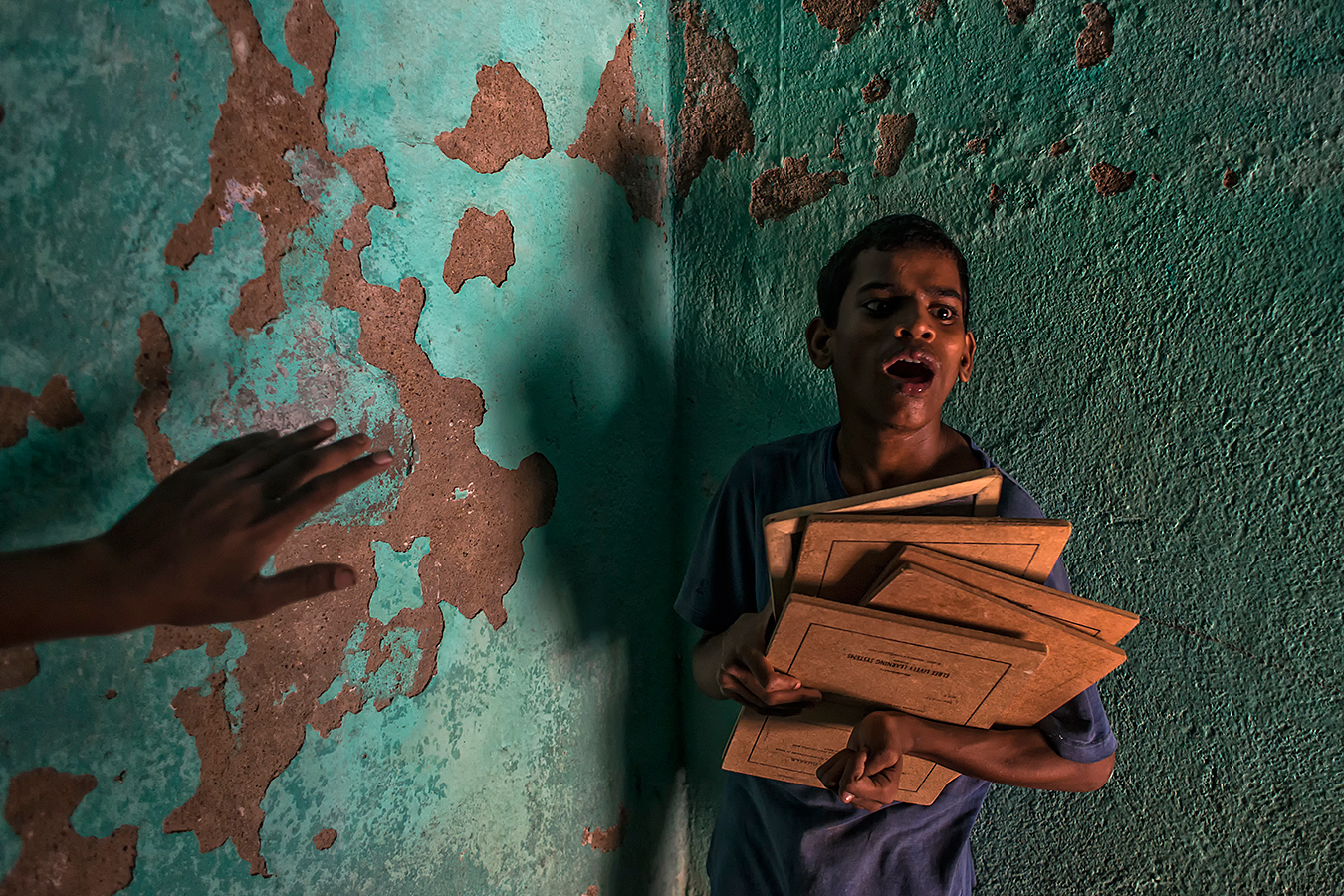Joydeep Mukherjee
I believes that an artist's work must be good consistently to be considered as an art. He does not practice it just for the sake of aesthetics but for a cause. I take each shot to make sense, bear sense and hit the sensible viewers. I attempts to portray the moment that would tell a story of the time to the time to come.
Photographs can be used to narrate a story, and thus have more to it than just being a work of art. I always been inclined in capturing life in all situations. Thus, human element makes for an integral part of my photography.
Topic – Human Interest, what I am writing here is entirely my thinking / my Observation and My POV
Photographing subjects of Human interest is like portraying the subject's life with their atmosphere and mood, raising empathy in the viewers.
Essentially, this genre is more a part of photojournalism, which describes life in our society, human interaction with the environment, and then aims to knock people's hearts to sympathize and do something to help the subject of the photograph. But then, capturing Human Interest often engulfs other categories such as Portrait, Culture, Travel Documentary photography, and may require the promptness as it takes instreet photography. The best part is it steps into the arena of conceptual photography also, to narrate the message if need be.
The best way to make conventional ‘human interest’ photographs is to carry a genuine personal approach. For example through smiles, conversations and other interactionsone can create intimacy and the comfort zone that is required to extract the best mood and moments. One should express their desire to photograph the subject only when they feel accepted. This will not just lessen the chances of refusal, but will even get the subject react positively if they are told to change positions, smile or do some activities for the sake of better composition.
Amongst many decisive factors that make a photographer master the art of human interest photography, is their ability to blend in with the mood and environment of the subject. To melt the atmosphere oneminglewith them and if possible to invite a conversation. For example one can ask a lot of relevant questions. When in the market for example, ask prices, sales, profit, the present situation, and others until the subject is comfortable and doesn’t mind getting photographed.
Human Interest is a huge subject and impossible to discuss in a short span. Here are a few points, I would suggest to keep in mind, when shooting subjects of human interest
- Introduce yourself
- Interact and share your intention as in what you are going to do with photos
- Try to overcome language barriers if any
- Act in such way that you don't risk to irritate your subject
- Try to understand what they want to say ….
I eliminated the candid moments from the discussion I made in above .
Some of my photographs of human interest for your views
Topic –Storytelling - what I am writing here is entirely my thinking / my Observation and My POV
All my words here entirely depict my own way of looking at the topic. They may or may not match with others.
Often we come across a photograph that compels us to pause a while and think. It talks loud, tinkles our imagination and makes us feel one with the subject; thus helping us to almost experience the scene. How such storytelling frames are made? How can one pick on the right elements that would strike the chords and prompt the story to the viewer?
How this kind of Storytelling matters in Photography?
Most of the time an image feeds us with random data or facts, and hence fail to create any long-lasting impact on the viewer. On the other hand, a storytelling image inspires people, makes them think, and invoke their emotions. In other words, it can have a bigger impact.
This definitely is challenging to create such images. A Storytelling frame not just narrates the moment, but also helps the photographer to narrate his feelings about the subject. It helps to connect with the audience and pass on a message.
Many a time, the images captured are not just about the photographer. It may connect with a larger cause or an issue that needs attention by an authority.
It talks about the issue evokes concern.
Some important factors to keep in mind:
- Understanding the hravity of the subject
- Thorough and wide research work
- Write Up is very important factor
- Start with your Why
- Plan Your Story
- Include Powerful Emotions
- Complimentary colors
- A Case Study on Visual Storytelling
- Spirals of Time.
There is more to the topic. Lots to understand and read. It is also important to follow the works of Masters.
If someone is planning a Documentary / Story / Series, a thorough study in Anthropology is important.
Study the concept of culture and its relationship to human life in different times and places. Studying about societies help to gain a clearer perspective of our own. Studying the past helps to interpret the present.
It is very important to understand Visual Anthropology.
One can tell a story through a single frame or a series or a set of works; or through diptych / triptych.
Other important segments I personally like are Documentary Photography and Photo Series.
Editing and Processing and also Curation is very important factor in Documentary / Series / Story.
It's a vast subject and not quite possible to discuss in short span.
Each of my long term projects has a minimum of 25/30 photos. They can be seen in my Website. Some of them are here for your viewing:
A chronicle of struggle of Matla River Bed
Love by force
Rainbow shades of Grey
I have learnt a lot from seniors in the field; both from national and international level. I got the opportunity, as awards, to attend a few short courses under some highly renowned photographers from the international arena but still I try not to follow blindly but find my own ways using their guidance. I would suggest the same to the young ones.
Exercise your own thoughts, improvise, think differently . Experiment a lot. Don’t be afraid of failure. Some you will make your way. Have confidence in yourself, but not overconfidence. That would be a bad indication .
Thank you “Photography Kolkata” for platform to discuss Photography.
Website: www.joydeepmukherjee.com
Face Book: https://www.facebook.com/joydeep.mukherjee.984
Instagram: https://www.instagram.com/jmcsfk/
